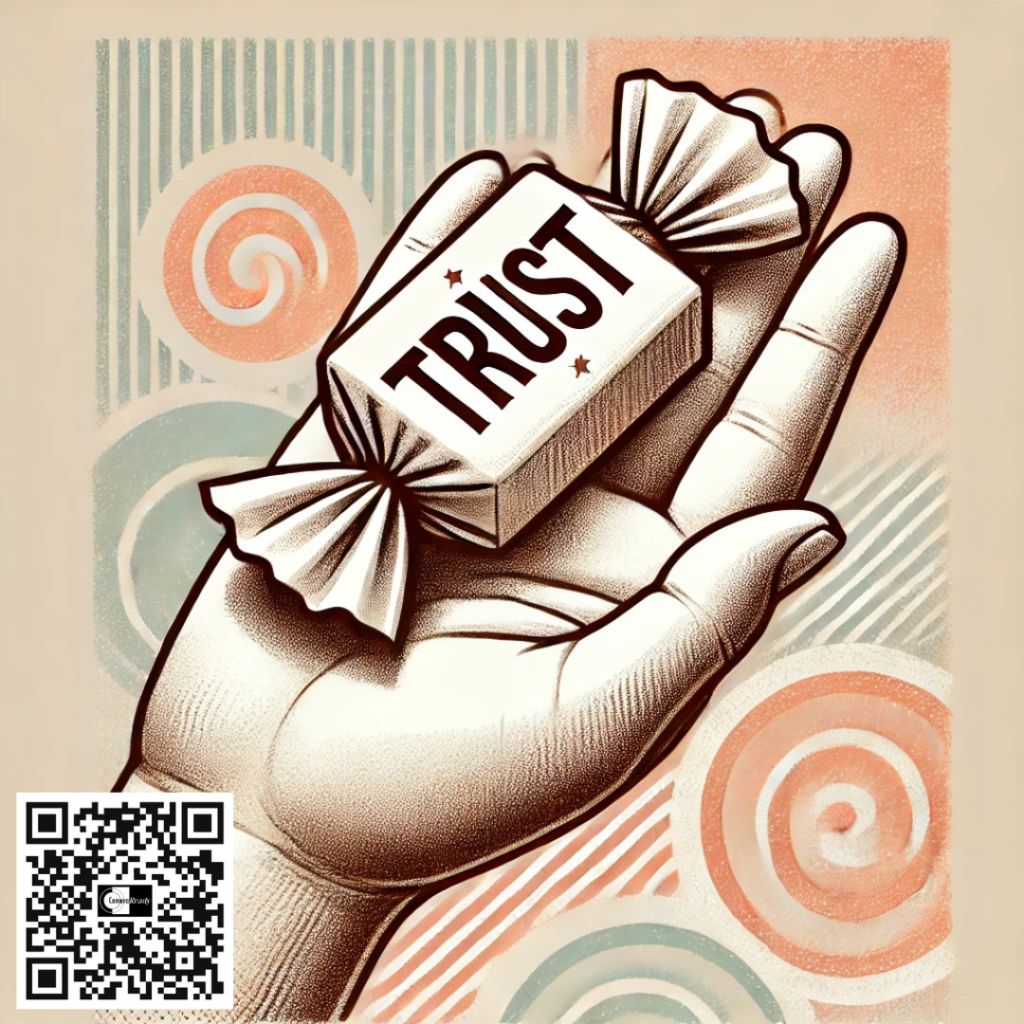When it comes to Strategic Communication, always opt for the treat.

Every message is a choice between a “trick” or a “treat.”
Opting for the trick by offering misleading or confusing information can be a spooky mistake.
When you choose the treat, you present clear, authentic, and targeted messaging. Over time, that builds trust and drives action, which is the sweet reward.
Your communication strategy should never be a trick. Deliver treats to your audience by crafting messages that are honest, impactful, and resonate with your goals.
Even during a crisis, it’s necessary. Though it may seem daunting, failing to engage your audience when a major issue surfaces can prove costly.
Remember these two highly publicized incidents? They offer real-world examples that reflect the “trick” and “treat” approaches in crisis communication.
BP’s Response to the Deepwater Horizon Oil Spill (2010)
BP faced a massive crisis after the Deepwater Horizon oil rig explosion, which resulted in one of the worst environmental disasters in history. Initially, the company downplayed the scale of the spill and was criticized for misleading information and slow responses. BP’s CEO at the time made a famous blunder by saying, “I want my life back,” which came off as insensitive given the scale of the tragedy. This approach damaged BP’s reputation, and the brand struggled for years to rebuild trust.
Tylenol’s Response to the Cyanide Crisis (1982)
When Johnson & Johnson discovered that several bottles of Tylenol had been tampered with and laced with cyanide, resulting in multiple deaths, the company immediately took action. Instead of downplaying the situation, they issued a nationwide recall of all Tylenol products, even at a significant financial loss. They communicated openly with the public, cooperated with authorities, and introduced tamper-proof packaging. This transparent and decisive approach helped restore consumer confidence and is often regarded as a gold standard in crisis communication.
These examples highlight how strategic communication can make or break a brand. Choosing transparency, empathy, and clear messaging—the “treat”—builds trust, even during tough times.
Downplaying an issue, releasing a vague statement that fails to address customer concerns leaves customers confused, frustrated, and suspicious of the brand’s transparency.
Openly acknowledging the issue and providing clear details about the steps being taken to resolve it, offers support to affected customers and the brand. This approach shows responsibility and reassures the audience.
In strategic communication, opting for the “treat” by being transparent and customer-focused ensures long-term success, even in challenging situations. 🍬
Opt for the treat and know we’re here to help.
###

Leave a Reply